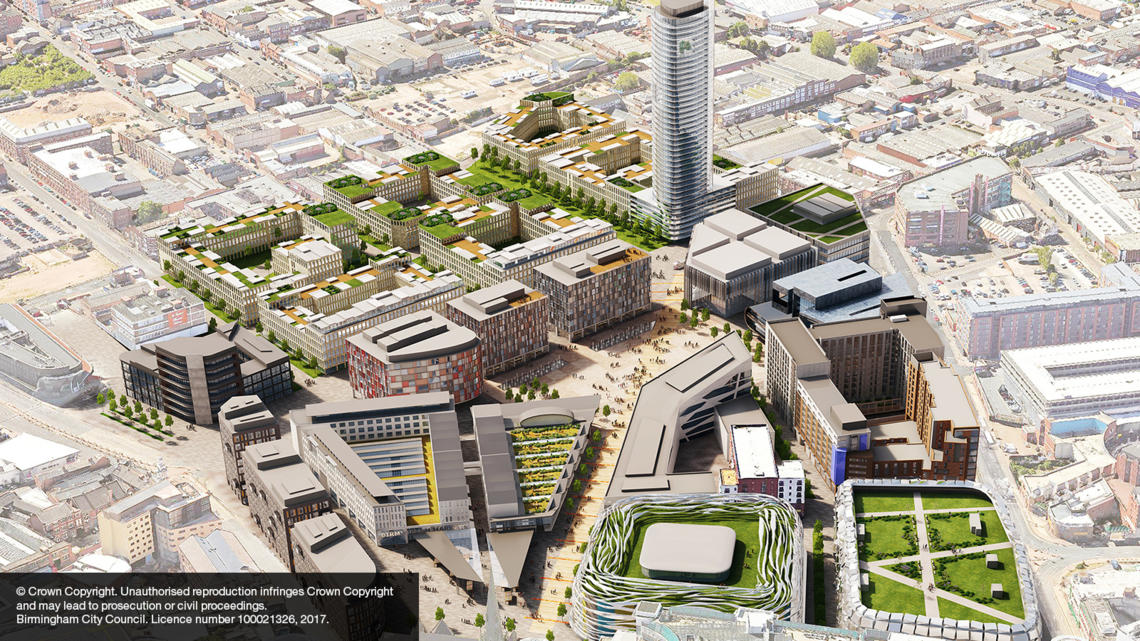Based on the experiences gained from these city projects, WBCSD is developing a Sustainable Cities Engagement Model to address the essential topics and requirements WBCSD believes will contribute to a sustainable and resilient city.
Few engagement models exist today that allow cities and businesses to interact at an early strategic stage to support the realization of a city’s sustainability ambition. Cities and businesses on their own tend to work in silos. To develop sustainable urban systems, both the public and private sector will benefit from a more holistic approach based on a common understanding of a city’s vision, needs and capacity, making use of collaboration and innovation to create new models for delivery.
WBCSD offers a neutral platform to help cities and business to come together in a structured engagement process that creates trust, fosters commitment and connects solutions between interested parties. The WBCSD Sustainable Cities Engagement Model helps both sides understand each other better and it clarifies what business and government must bring to the table to make their collaboration more effective.
The Sustainable Cities Engagement Model helps cities and business to:
- Understand a city’s sustainability challenges together and set integrated priorities and ambitions;
- Identify solutions and delivery models that include the private sector;
- Develop organizational, governance and finance models that create effective solutions.
The Sustainable Cities Engagement Model is supported by a five-step engagement process and is based on a framework of urban needs, such as energy and climate, buildings, mobility, water and sanitation, food, air quality and health. A series of sustainability principles and indicators are proposed underneath each category of needs in order to guide the engagement with the city.
The principles are addressed through city-business engagement, with a level of aspiration for improvement established between the city and businesses engaged. Their relevance is defined by the WBCSD Vision2050 and Action2020 Societal “Must-Haves” and links back to the Sustainable Development Goals (SDGs). A generic description of enablers (infrastructure, finance, policy, behaviour) is included for each urban need category to help determine the most relevant stakeholders to involve in the implementation of specific projects.

